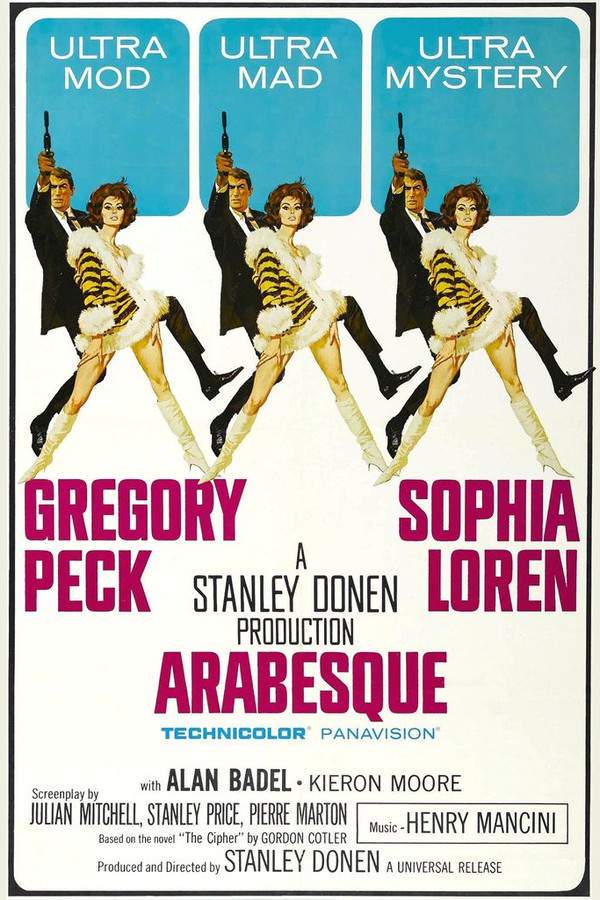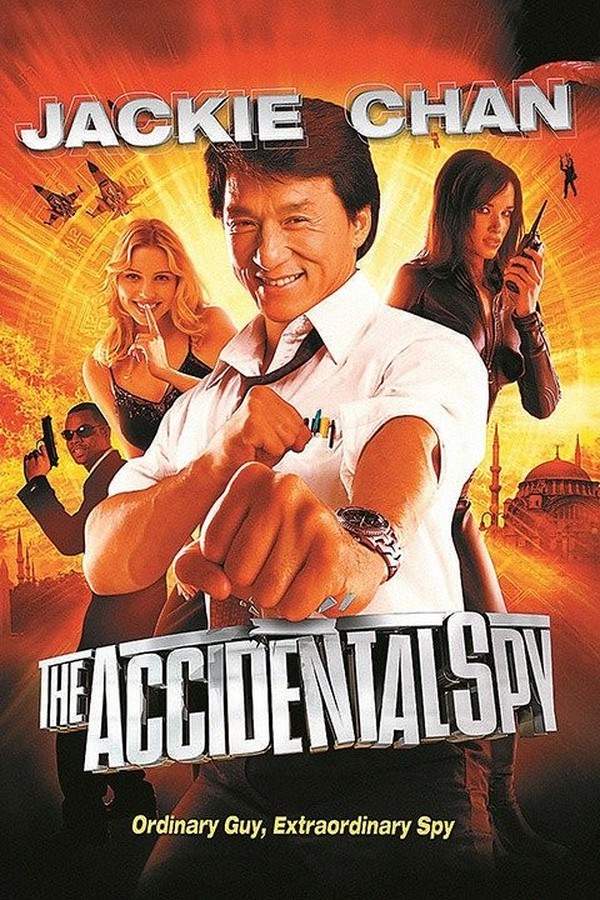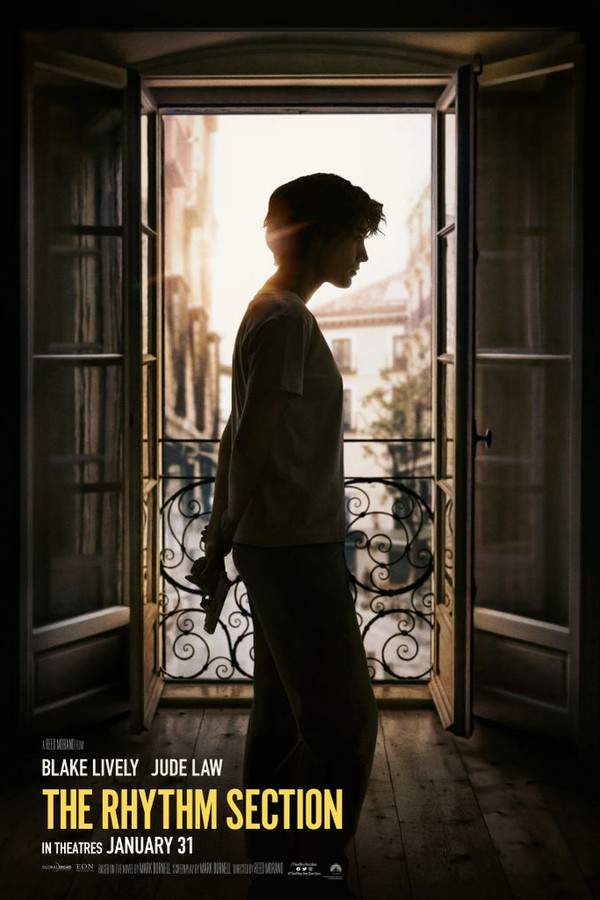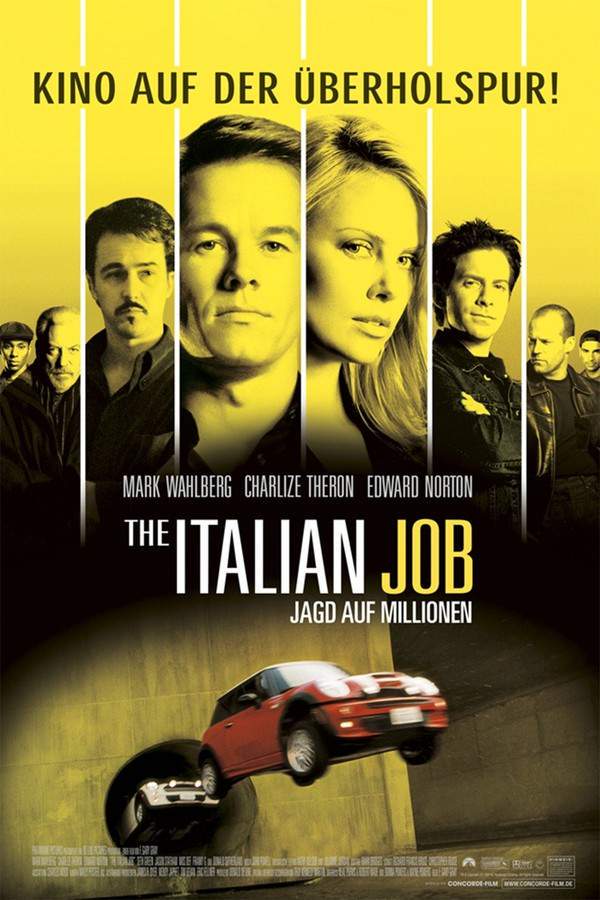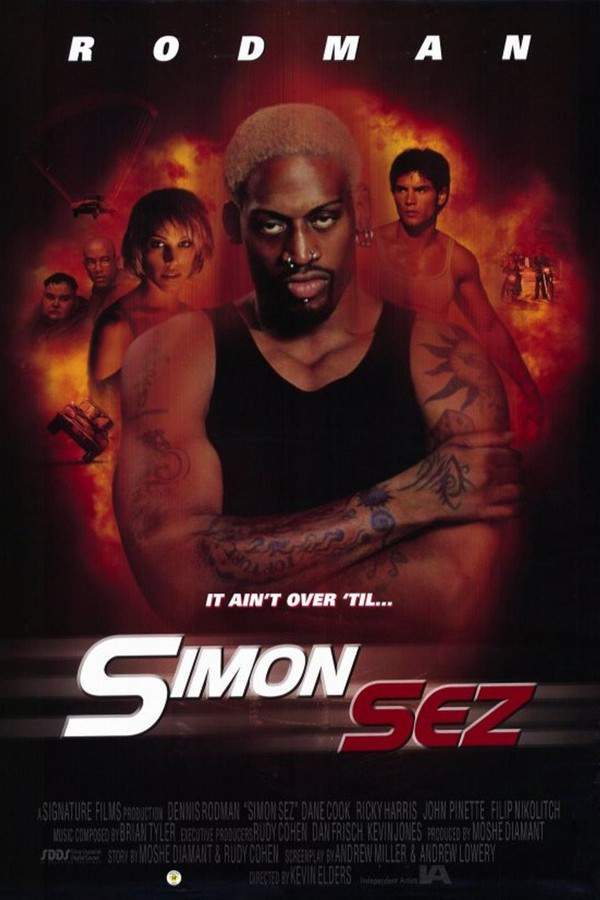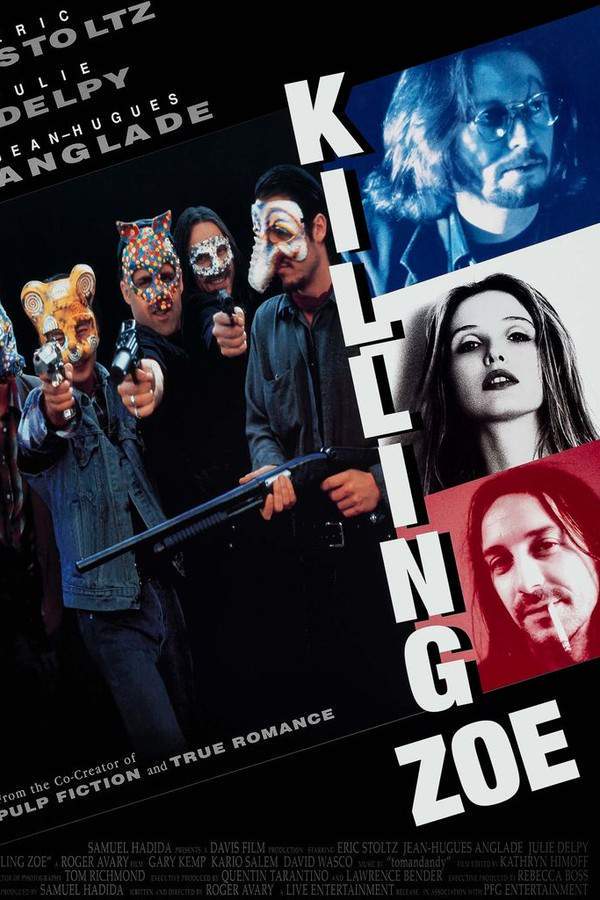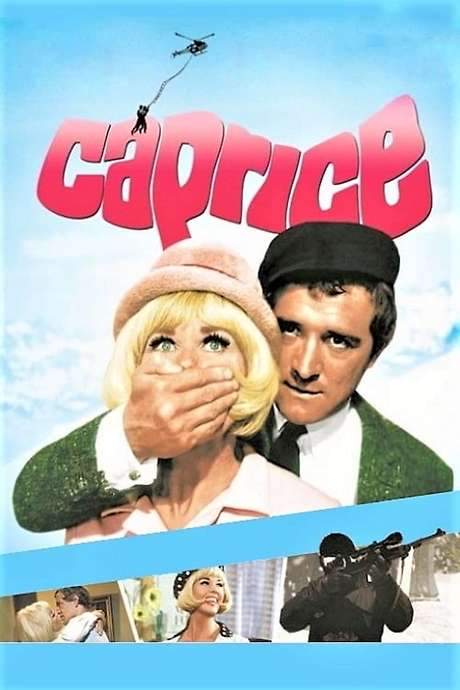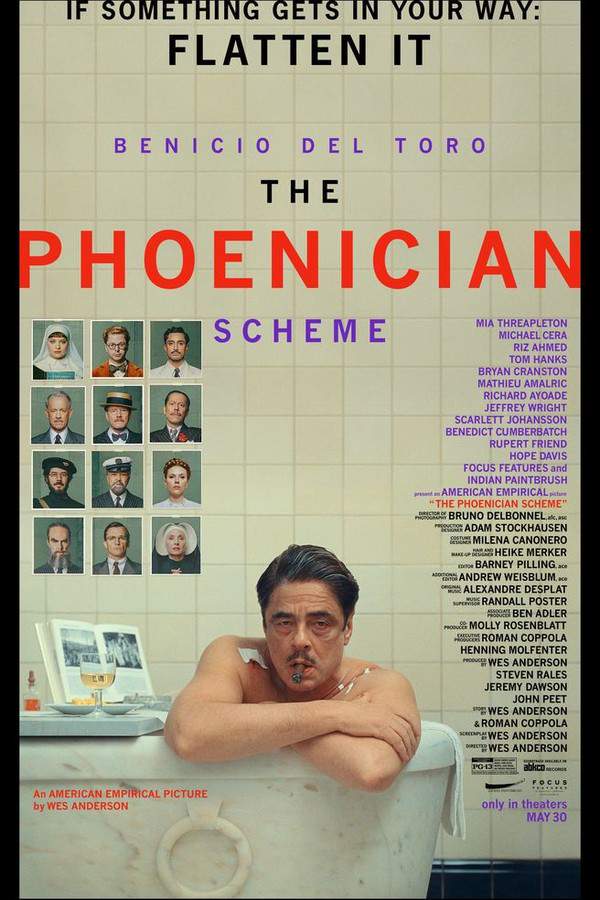
The Phoenician Scheme
Following the death of wealthy businessman Zsa-zsa Korda, his only daughter, a nun, is named as the sole heir to his estate. As he begins a new venture, he and his daughter find themselves targeted by ruthless tycoons, foreign terrorists, and skilled assassins.
Warning: spoilers below!
Haven’t seen The Phoenician Scheme yet? This summary contains major spoilers. Bookmark the page, watch the movie, and come back for the full breakdown. If you're ready, scroll on and relive the story!
The Phoenician Scheme (2025) – Full Plot Summary & Ending Explained
Read the complete plot breakdown of The Phoenician Scheme (2025), including all key story events, major twists, and the ending explained in detail. Discover what really happened—and what it all means.
Somewhere above the High Balkan Flatlands in 1950, arms dealer Anatole Zsa-Zsa Korda, played by Benicio Del Toro, finds himself in a precarious situation. While aboard his private plane, disaster strikes when a bomb unexpectedly kills his assistant, leading to a dramatic hole opening in the aircraft. After a heated argument with the pilot, The Pilot (played by Steve Park), Zsa-Zsa makes a quick decision to eject him and crash-land the plane into a nearby cornfield. Initially thought to be dead, Zsa-Zsa is soon revealed to be alive in front of a news crew. However, during a brief period of unconsciousness, he experiences a surreal afterlife where he faces judgment from a mysterious group of individuals.
This secret organization, under the leadership of Excalibur (portrayed by Rupert Friend), investigates Zsa-Zsa’s nefarious dealings. He has earned the dubious nickname “Mr. Five Percent” due to his myriad of illegal activities, including tax evasion and bribery. Consequently, many governments are keen on eliminating Zsa-Zsa, triggering several assassination attempts against him. The organization is determined to dismantle Zsa-Zsa’s criminal enterprise for good.
Upon returning home, Zsa-Zsa seeks out his estranged daughter, Liesl (played by Mia Threapleton), a nun with whom he has a strained relationship. He also has nine sons whom he rarely sees. Zsa-Zsa implores Liesl to assist him in taking over his business as he formulates his ambitious plan known as “The Phoenician Scheme.” This controversial scheme involves taking control of various businesses in Phoenicia through unscrupulous means, including slave labor, all meticulously documented in small shoeboxes. Liesl harbors deep reservations about collaborating with her father due to his long absence and unsettling rumors of his role in her mother’s death, which he vehemently denies. They are joined by Bjorn, a Norwegian tutor played by Michael Cera, who also serves as Zsa-Zsa’s new administrative assistant. After Zsa-Zsa subjects Bjorn to a polygraph test, which he passes, Liesl reluctantly agrees to join her father’s dubious operations.
As they set the plan in motion, Bjorn finds himself increasingly protective of Liesl and offers to help her care for her brothers. Zsa-Zsa implicates his brother, Nubar (played by Benedict Cumberbatch), as the true murderer of Liesl’s mother. In her reflective moments, Liesl writes to the Mother Superior, expressing her concerns about the absence of God in Zsa-Zsa’s life. Meanwhile, Excalibur manipulates the market price of Zsa-Zsa’s goods, specifically bashable rivets, amplifying Zsa-Zsa’s desperation and prompting him to hasten his plans.
Shoebox #1 involves Zsa-Zsa’s negotiation with Prince Farouk (played by Riz Ahmed) and the financier brothers Leland and Reagan (played by Tom Hanks and Bryan Cranston, respectively). After grappling with their contractual disputes in a challenge of basketball known as H-O-R-S-E, the submerged tensions are momentarily eased when Farouk scores the final shot.
Shoebox #2 presents yet another afterlife reflection where Zsa-Zsa encounters the specters of his three former wives. The storyline progresses as Zsa-Zsa, Liesl, and Bjorn meet Marseille Bob (portrayed by Mathieu Amalric) at his nightclub, where chaos erupts due to gunfire initiated by a guerilla unit led by Sergio (Richard Ayoade). Amidst the turmoil, Zsa-Zsa heroically takes a bullet meant for Bob, further entrenching his intricate web of relationships.
With his multiple dealings intensifying, Zsa-Zsa’s emotional turmoil surfaces when he confides in Liesl, attributing the blame for her mother’s death to his brother Nubar. Liesl grapples with the painful truth and chooses to continue the mission out of a personal quest for justice against Nubar. As events escalate challenging Zsa-Zsa’s morality, he eventually faces the consequences of his alliances and confronts the true nature of love and family amidst a backdrop of treachery.
Shoebox #3 shows the family dynamics taking form as Zsa-Zsa seeks help from his cousin Hilda (Scarlett Johansson), while Shoebox #4 deepens the familial conflict as Zsa-Zsa and Nubar confront their complicated history. Ultimately, the tale evolves as Zsa-Zsa changes his ways, attempting to rectify his past mistakes and embrace a different path.
In the concluding Shoebox #5, Zsa-Zsa and Liesl now run a humble restaurant, marking a stark turn from their previous extravagant lifestyle. Liesl writes one last letter reflecting on the lives touched by Zsa-Zsa’s choices, with her brothers finally receiving the love they deserve. As Bjorn leaves behind his espionage ties, he finds fulfillment in teaching, while Liesl’s romantic future blossoms with Bjorn’s proposal. Together, Zsa-Zsa and Liesl forge a new bond over card games, signifying a poignant shift from chaos to a semblance of family warmth and reconciliation.
Last Updated: June 23, 2025 at 06:03
Ending Explained – What Happens at the End of The Phoenician Scheme?
Still wondering what the ending of The Phoenician Scheme (2025) really means? Here’s a spoiler-heavy breakdown of the final scene, major twists, and the deeper themes that shape the film’s conclusion.
In the end, the true culprit behind the assassination attempts on Zsa-zsa is revealed to be his half-brother Nubar. Their long-standing animosity, fueled by a complicated history involving love and betrayal, culminates in Nubar’s scheme to eliminate Zsa-zsa—mainly because of their shared past and unresolved conflicts. Despite Nubar’s wealth and influence, his motives are rooted purely in hatred rather than greed or power, and he resents his brother for his moral shortcomings. When Zsa-zsa finally confronts Nubar, he manages to defeat him in a final showdown, resulting in Nubar’s death. With his brother gone, the threat of further violence dissolves, allowing Zsa-zsa to lead a quieter, more peaceful life.
Throughout the film, Liesl’s true parentage remains ambiguous—whether she is Zsa-zsa’s biological daughter or not, she chooses to see Zsa-zsa as her father and values their bond above bloodlines. Her presence prompts Zsa-zsa to reflect on morality and family, which influences his moral growth. His visions of the afterlife serve as spiritual reckonings, guiding him to accept his wrongdoings—particularly his past reliance on slave labor—and to seek redemption.
At the film’s conclusion, Zsa-zsa makes a heartfelt decision to surrender his wealth, using his resources to fund the reconstruction and betterment of his country. This act of sacrifice marks a turning point, reflecting his moral evolution and a desire to prioritize genuine relationships over material Gain. The story’s core message emphasizes that morality isn’t determined by birthright, but by the choices one makes. Through love, redemption, and difficult decisions, Zsa-zsa finds happiness and purpose in serving others, completing a story of personal growth and moral awakening that leaves the characters in a hopeful, optimistic place.
Last Updated: June 25, 2025 at 09:04
Unlock the Full Story of The Phoenician Scheme
Don't stop at just watching — explore The Phoenician Scheme in full detail. From the complete plot summary and scene-by-scene timeline to character breakdowns, thematic analysis, and a deep dive into the ending — every page helps you truly understand what The Phoenician Scheme is all about. Plus, discover what's next after the movie.
The Phoenician Scheme Timeline
Track the full timeline of The Phoenician Scheme with every major event arranged chronologically. Perfect for decoding non-linear storytelling, flashbacks, or parallel narratives with a clear scene-by-scene breakdown.
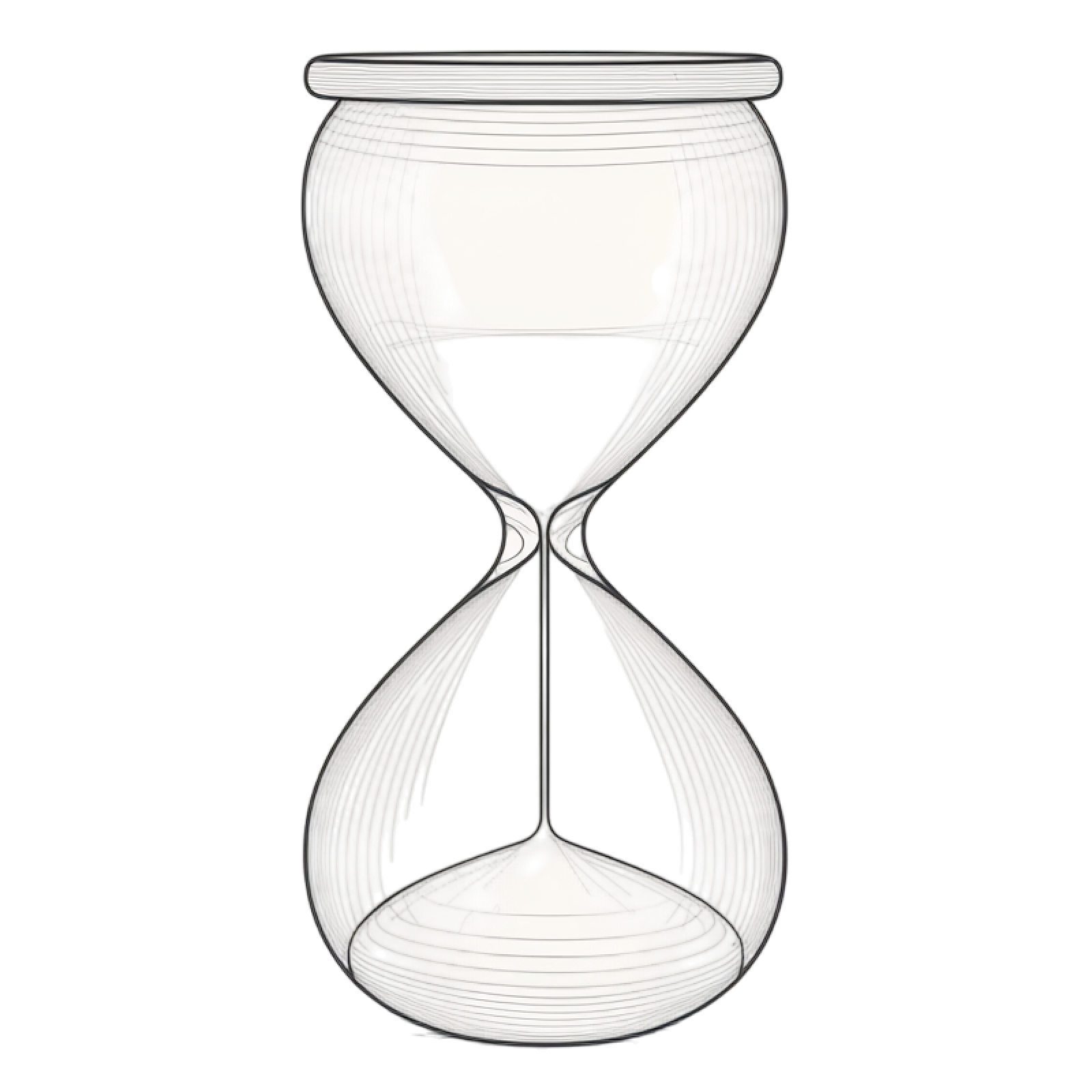
Characters, Settings & Themes in The Phoenician Scheme
Discover the characters, locations, and core themes that shape The Phoenician Scheme. Get insights into symbolic elements, setting significance, and deeper narrative meaning — ideal for thematic analysis and movie breakdowns.
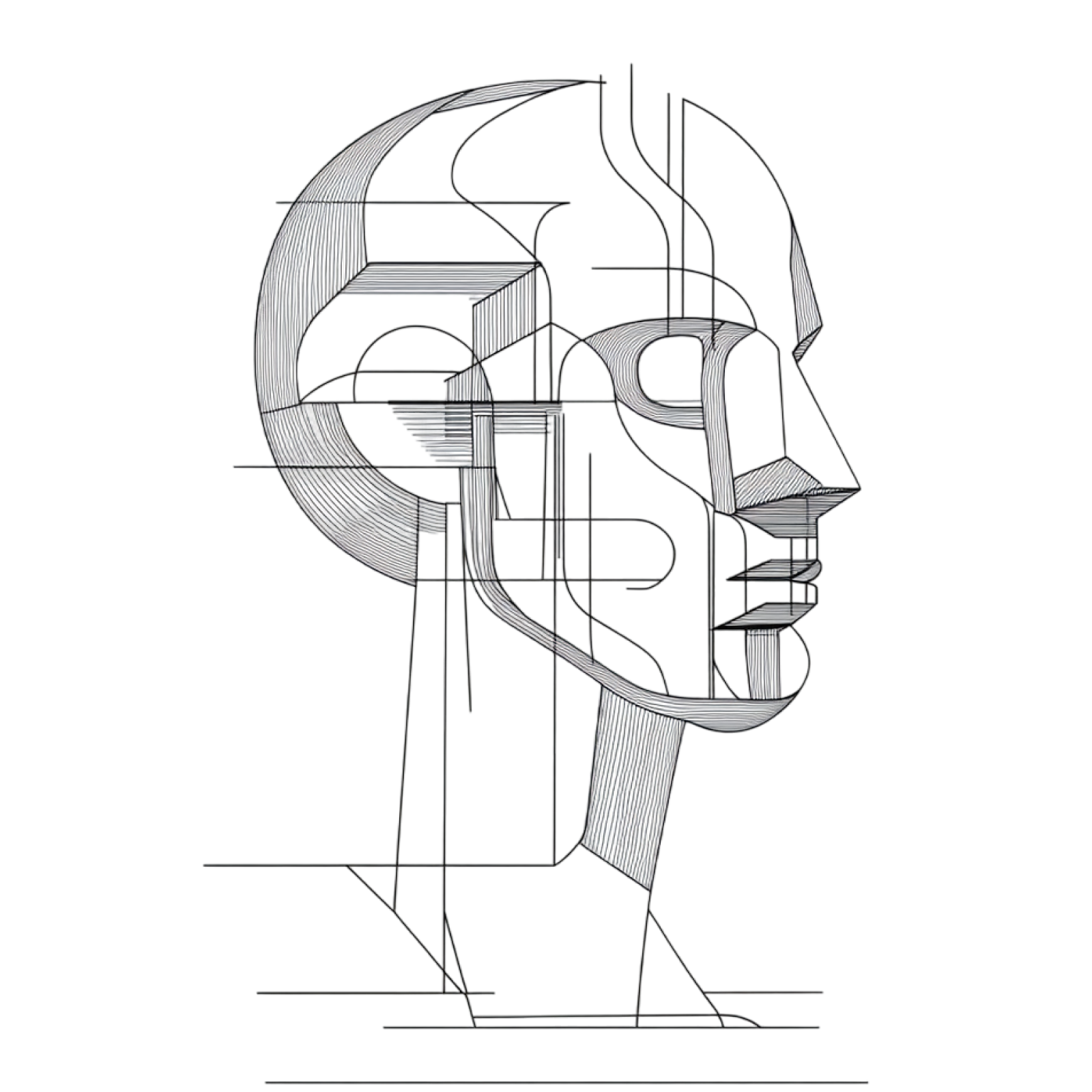
The Phoenician Scheme Ending Explained
What really happened at the end of The Phoenician Scheme? This detailed ending explained page breaks down final scenes, hidden clues, and alternate interpretations with expert analysis and viewer theories.

Similar Movies to The Phoenician Scheme
Discover movies like The Phoenician Scheme that share similar genres, themes, and storytelling elements. Whether you’re drawn to the atmosphere, character arcs, or plot structure, these curated recommendations will help you explore more films you’ll love.
Explore More About Movie The Phoenician Scheme
The Phoenician Scheme (2025) Scene-by-Scene Movie Timeline
The Phoenician Scheme (2025) Movie Characters, Themes & Settings
The Phoenician Scheme (2025) Ending Explained & Theories
The Phoenician Scheme (2025) Spoiler-Free Summary & Key Flow
Movies Like The Phoenician Scheme – Similar Titles You’ll Enjoy
Arabesque (1966) Full Summary & Key Details
The Accidental Spy (2002) Film Overview & Timeline
The Channel (2023) Plot Summary & Ending Explained
Heist (2001) Film Overview & Timeline
The Rhythm Section (2020) Detailed Story Recap
The Italian Job (2003) Movie Recap & Themes
Simon Sez (1999) Detailed Story Recap
Killing Zoe (1994) Ending Explained & Film Insights
The Adventurers (2017) Film Overview & Timeline
Secret Agents (2004) Film Overview & Timeline
Secuestro (2005) Complete Plot Breakdown
Assignment K (1968) Full Movie Breakdown
Caprice (1967) Detailed Story Recap
The Sicilian Clan (1969) Complete Plot Breakdown
The Marseille Contract (1974) Plot Summary & Ending Explained



